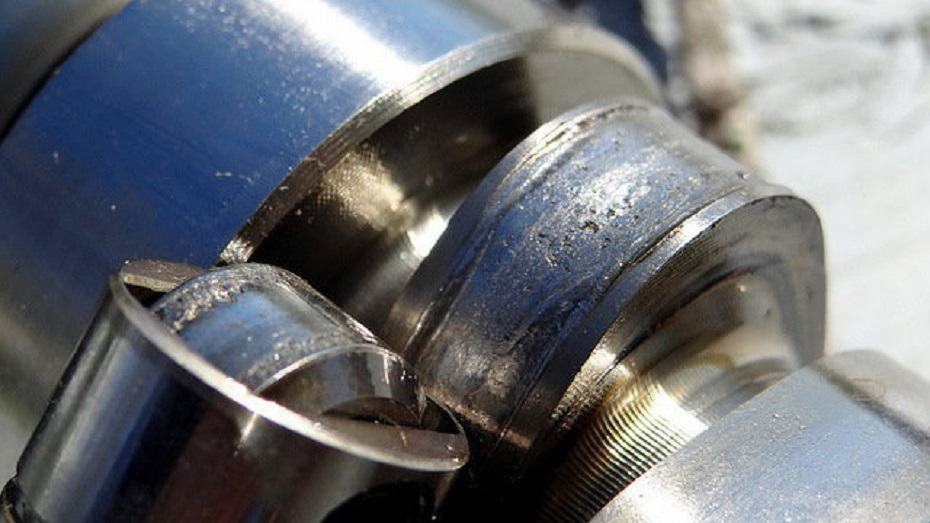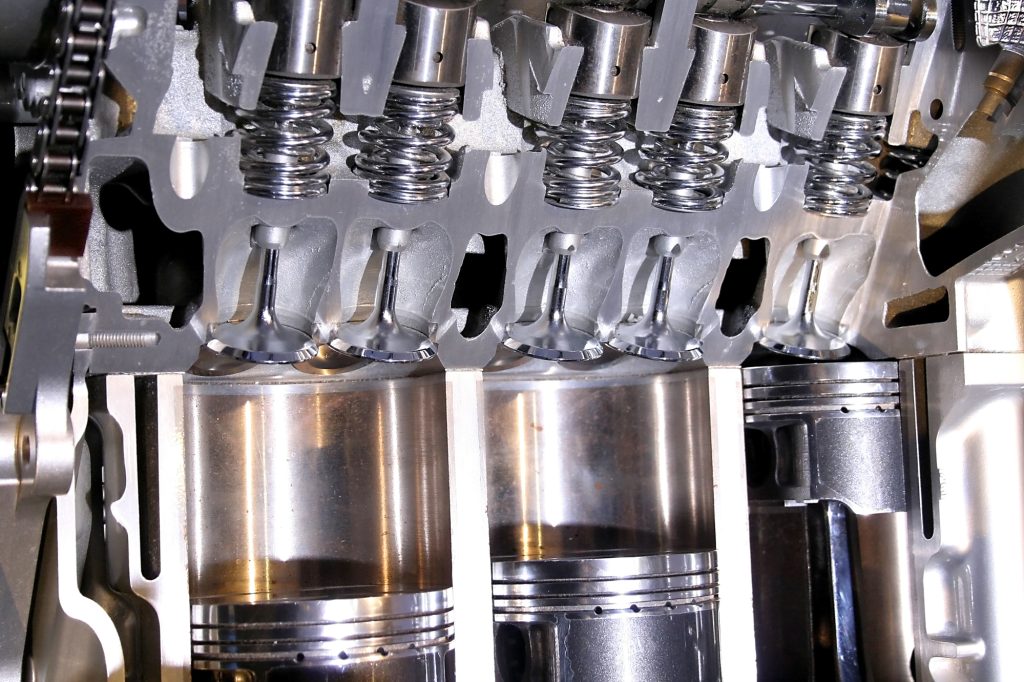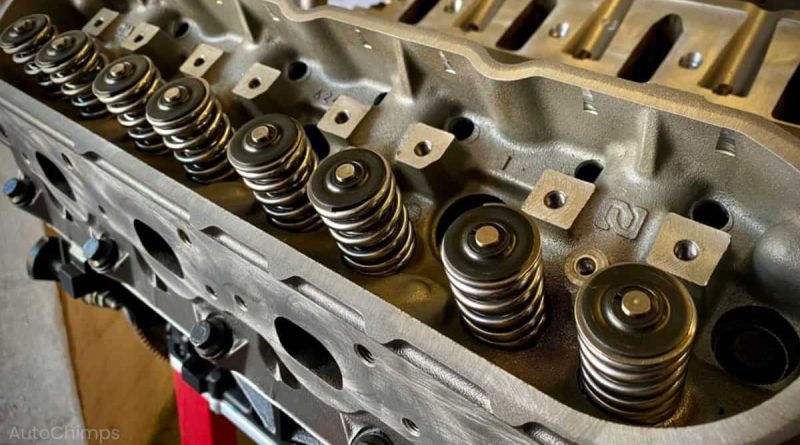How to Spot AFM Lifter Failure Before It’s Too Late
AFM lifters, also known as Active Fuel Management lifters, are an integral part of modern engines. Their main function is to control the flow of oil to the engine’s valves, allowing for improved fuel efficiency and reduced emissions. Understanding AFM lifter failure is crucial for maintaining the health and longevity of your engine.
Understanding the Anatomy of AFM Lifters
AFM lifters consist of several components that work together to ensure proper engine function. These components include a lifter body, a plunger, a spring, and a locking pin. The lifter body houses the plunger, which moves up and down in response to changes in oil pressure. The spring provides tension to keep the plunger in place, while the locking pin prevents the plunger from rotating.
Causes of AFM Lifter Failure
There are several factors that can contribute to AFM lifter failure. Overuse and wear and tear are common causes, as the constant movement and pressure on the lifters can lead to mechanical failure over time. Lack of maintenance, such as infrequent oil changes or failure to replace worn-out parts, can also contribute to lifter failure. Additionally, using poor quality oil can cause sludge buildup and clog the lifters, leading to failure. Engine overheating is another common cause, as excessive heat can cause the lifters to expand and lose their functionality. Other external factors, such as contamination or damage from debris or foreign objects, can also lead to lifter failure.
Symptoms of AFM Lifter Failure

One of the most common symptoms of AFM lifter failure is a ticking or knocking sound coming from the engine. This noise is caused by the lifters not functioning properly and can be quite noticeable. Another symptom is a loss of power and acceleration, as the engine is not able to operate at its full potential. Rough idling is also a common symptom, as the lifters may not be able to maintain a consistent flow of oil to the valves. Engine misfires can occur as well, leading to a decrease in performance and fuel efficiency. Finally, the check engine light may illuminate, indicating a problem with the engine that needs to be addressed.
Diagnosing AFM Lifter Failure
If you suspect AFM lifter failure, there are several steps you can take to diagnose the issue. First, you should listen for any abnormal sounds coming from the engine, such as ticking or knocking. Next, you can perform a visual inspection of the lifters to check for any signs of damage or wear. You may also need to use specialized tools, such as a stethoscope or an engine diagnostic tool, to further diagnose the issue. These tools can help you pinpoint the exact location of the problem and determine if it is indeed a lifter failure.
Importance of Early Detection of AFM Lifter Failure
Early detection of AFM lifter failure is crucial for several reasons. First and foremost, it can save you money in the long run. By addressing the issue early on, you can prevent further damage to the engine and avoid costly repairs down the line. Additionally, early detection can help prevent more serious issues from occurring, such as engine damage or complete engine failure. Regular maintenance and check-ups are essential for catching lifter failure early and ensuring the overall health of your engine.
Preventive Measures to Avoid AFM Lifter Failure
There are several preventive measures you can take to avoid AFM lifter failure. Regular oil changes are crucial, as fresh oil helps keep the lifters clean and functioning properly. It is also important to use high-quality oil that meets the manufacturer’s specifications. Keeping your engine cool is another preventive measure, as excessive heat can cause lifter failure. Regular maintenance and check-ups, including inspections of the lifters, can help catch any issues early on and prevent lifter failure.
Repairing AFM Lifter Failure
If you do experience AFM lifter failure, there are steps you can take to repair the issue. The first step is to identify the faulty lifter and remove it from the engine. Once removed, you can inspect the lifter for any signs of damage or wear. If necessary, you can replace the faulty lifter with a new one. The cost of repair will vary depending on the extent of the damage and whether any other parts need to be replaced.
Replacing AFM Lifters: When is it Necessary?

There are several signs that indicate AFM lifters need to be replaced. If you have tried repairing a faulty lifter and it continues to malfunction, it may be necessary to replace it. Additionally, if multiple lifters are failing or if there is significant damage to the lifters, replacement may be the best option. The cost of replacement will depend on the number of lifters that need to be replaced and the specific make and model of your engine.
Conclusion: Taking Care of Your Engine to Avoid AFM Lifter Failure
In conclusion, understanding AFM lifter failure is crucial for maintaining the health and longevity of your engine. By understanding the anatomy of AFM lifters, recognizing the causes and symptoms of lifter failure, and taking preventive measures, you can avoid costly repairs and keep your engine running smoothly. Regular maintenance and check-ups are essential for catching any issues early on and ensuring the overall health of your engine. By taking care of your engine and addressing any issues promptly, you can avoid AFM lifter failure and enjoy a reliable and efficient engine for years to come.
